Hello! A blogger who conveys the charms of Japan to the world、It's Momo! Today I would like to introduce traditional Japanese patterns.。In Japan、There are many beautiful patterns that have been used since ancient times。Each pattern is、It has more meaning than just a design、It contains cultural background and symbolism。Among them、Cloisonne and turtle shell patterns、Checkered pattern、Crane and turtle pattern、And my favorite cherry blossom pattern、It is a symbol of Japanese culture.。Well then、Let's take a look at each one!
1. 七宝模様(しっぽうもよう)
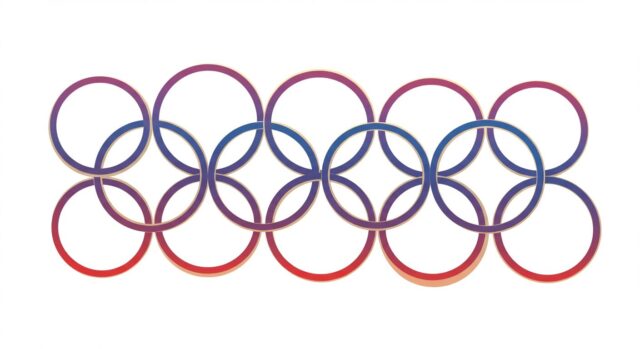
七宝模様は、It is derived from Buddhism、It is characterized by circular and intersecting curves。This pattern is、"Shippo" in Buddhist teachings、In other words, it symbolizes seven precious treasures: gold, silver, lapis, glass, agate, coral, and shako shells.。In Japan、It is often used in decorations and ritual tools in Buddhist temples.、The symbolic meaning of that、happiness、Stable、調和を強く表しています。The crossed circular design gives a sense of eternal life and harmony、It brings calm and peace to the viewer。Even before Buddhism spread、It appears to be seen in other parts of Asia.、In Japan, it has been particularly well-respected due to the influence of Buddhism.。
2. 亀甲模様(きっこうもよう)
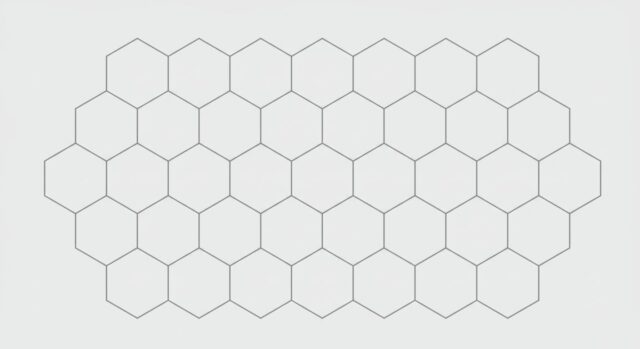
亀甲模様は、It has a hexagonal lattice pattern that poses the shape of a turtle shell、It symbolizes longevity and health。亀自体が日本の文化で長寿のシンボルとされてきました。In fact, the tortoise shell pattern、Not just in Japan, but、It can also be seen in other East Asian cultures such as China.、In Japan, it is often used as a lucky pattern for kimonos and home decorations.。Because the turtle shell is solid and stable、This pattern is a steady life and home.、It is preferred to pray for protection。
3. 市松模様(いちまつもよう)
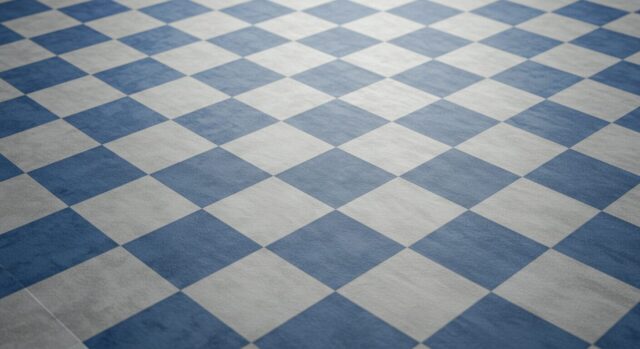
市松模様は、Simple square lattice pattern、prosperityを象徴しています。This pattern is、It has spread since the Edo period、Its origin can be traced back to the Heian period.、It is particularly deeply rooted in traditional Japanese culture.。The lattice patterns are arranged neatly、A sense of stability and a balanced worldview are expressed.、It is a popular design that is used in interior and fashion even today.。Perfect for Japanese aesthetic sense、It's a simple yet powerful pattern。
4. 鶴亀模様(つるかめもよう)
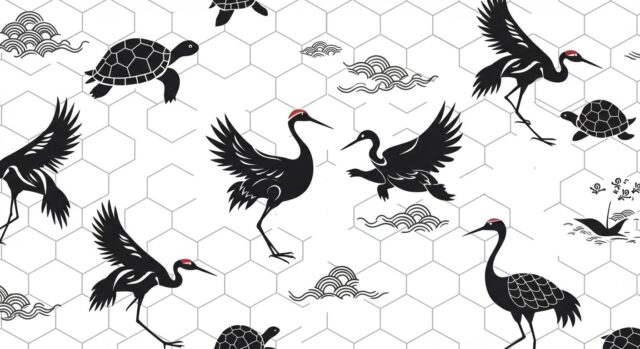
鶴亀模様は、Designed with cranes and turtles、longevityor夫婦円満を象徴しています。In fact, the crane turtle pattern is、Not a unique design in Japan、It was originally used in China and elsewhere.、In Japan, especially celebrations and New Year's、Often seen at weddings、It is meant to pray for longevity and happiness。This pattern is、The combination of two creatures, a crane and a turtle、Because it symbolizes the strength and beauty of life、It is considered to be very auspicious in Japan。
5. 桜模様(さくらもよう)
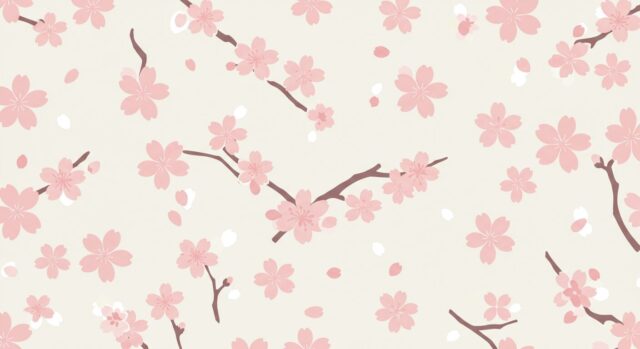
and、This is my favorite cherry blossom pattern! Cherry blossoms are symbolic of Japan's spring、Its fleetingness and beauty are deeply engraved in the hearts of Japanese people.。The cherry blossom pattern、It is used in many occasions to celebrate the arrival of spring、Especially new life and graduation ceremonies、You can see it during cherry blossom viewing season。Cherry blossoms can fulfill their short life.、「Abundance"or"新たな始まり」を象徴しています。This pattern is unique to Japan、It has characteristics that are not found overseas。
6. Finally
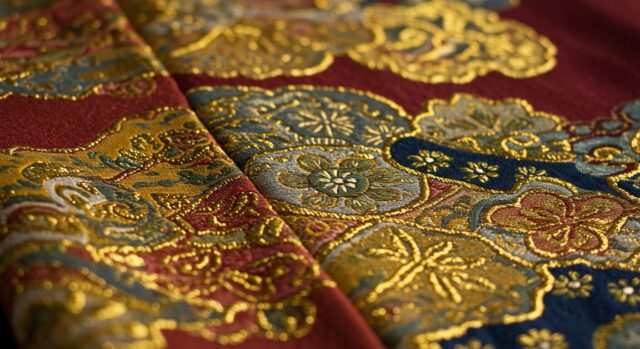
日本の伝統的な模様は、All of them have a deep meaning、It's an indispensable part of our culture。Cloisonne pattern、Tortoise shell pattern、Checkered pattern、Crane and turtle pattern、And the cherry blossom pattern。The symbolic meaning of each pattern、happiness、longevity、Stable、order、prosperity、And a new beginning,、We are close to our lives and our hearts。There are also some cases where it was introduced from overseas、In Japan, each has a special meaning、Be loved in everyday life、It's been cherished。Knowing these patterns、It will give you a deeper understanding of Japanese culture and values。please、When you see these patterns、Please feel the meaning and history behind it!

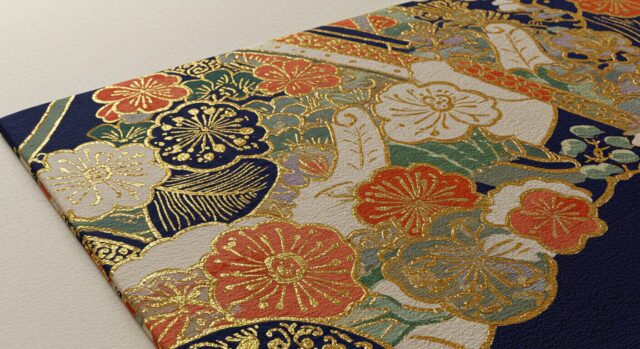


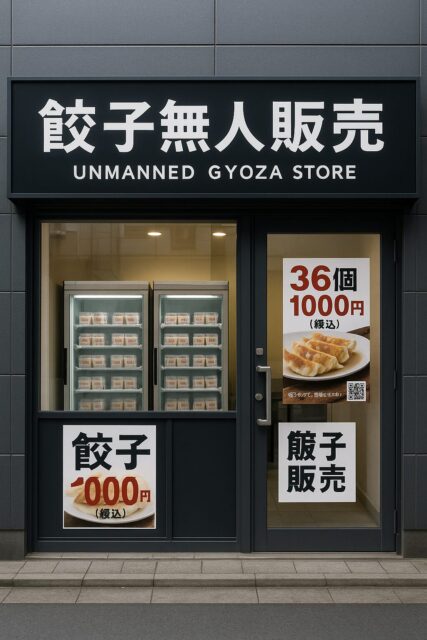

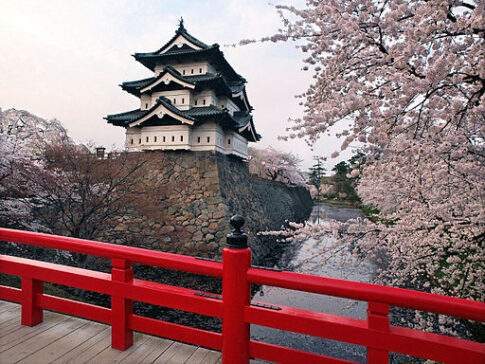
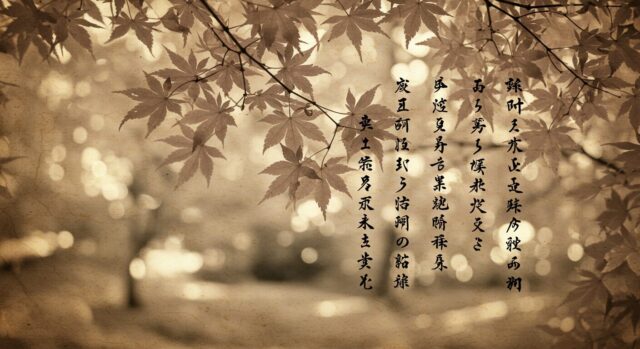
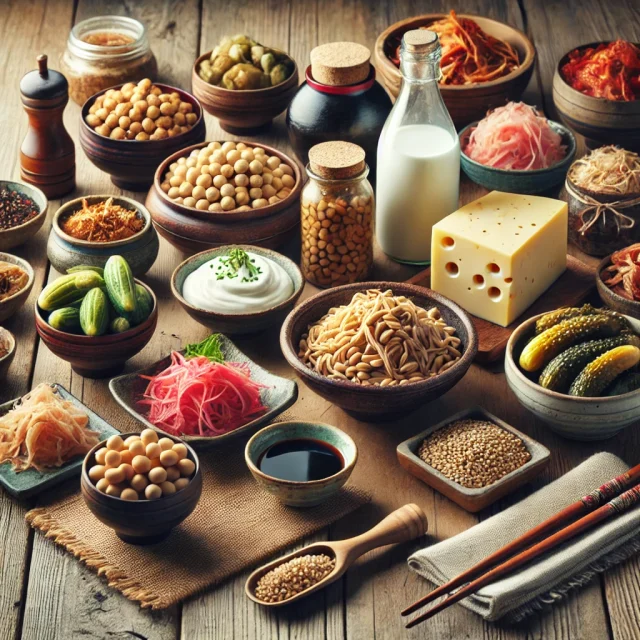
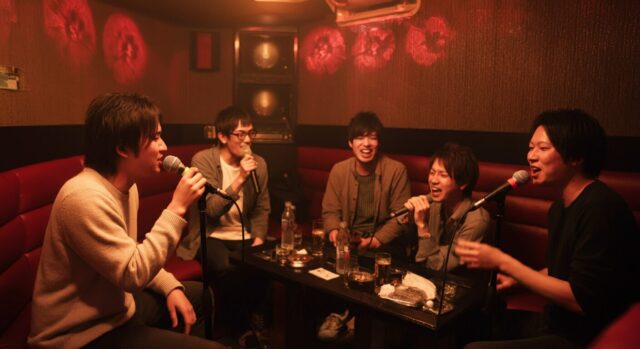



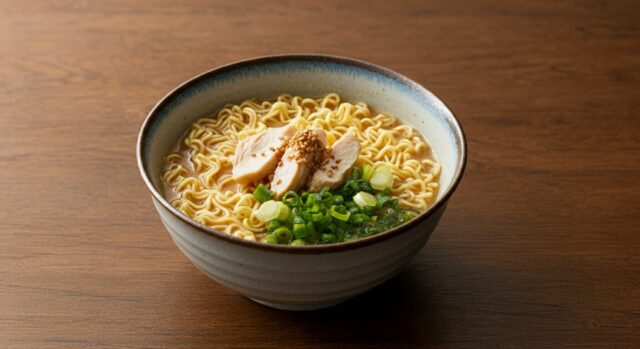
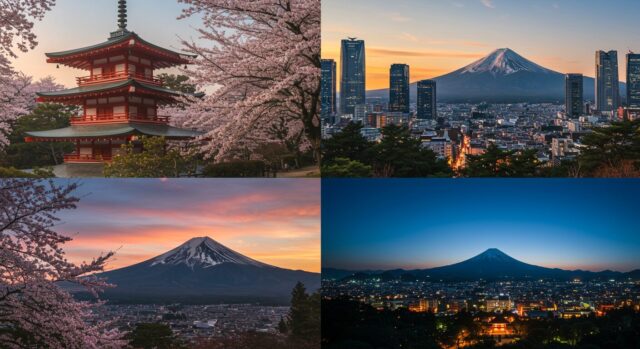
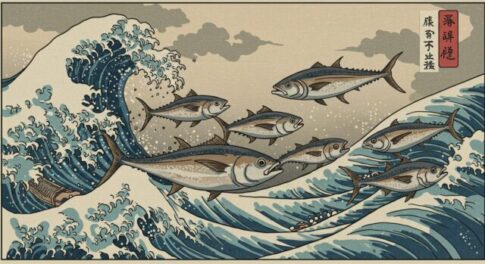
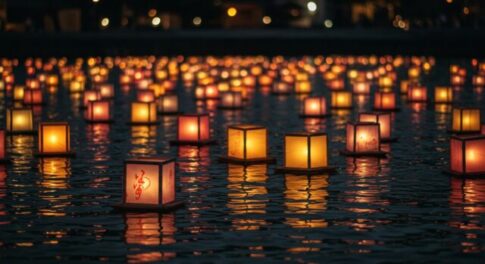

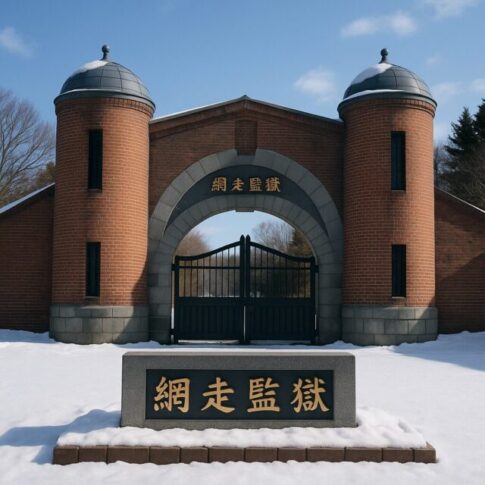

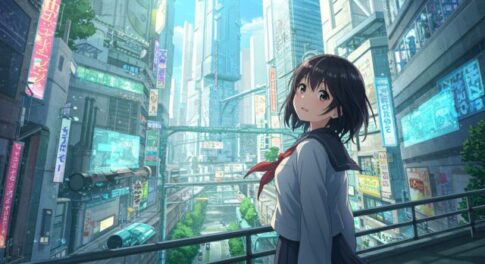
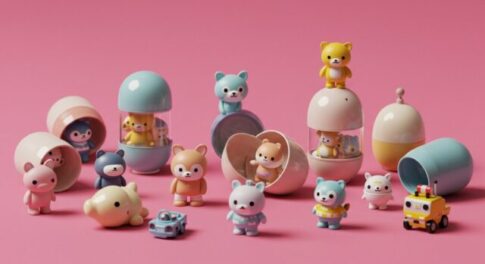



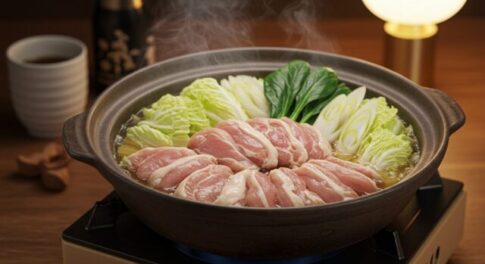
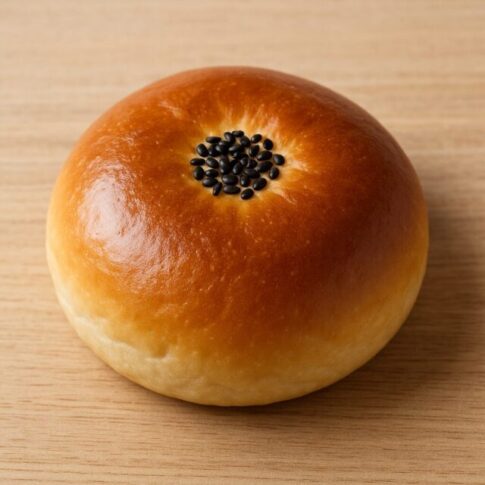
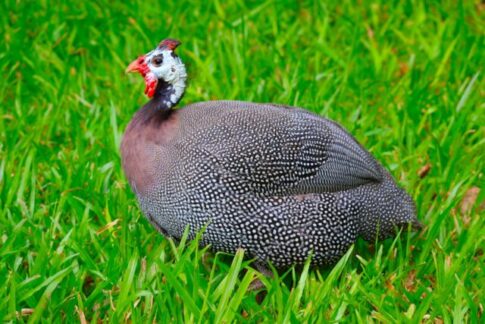
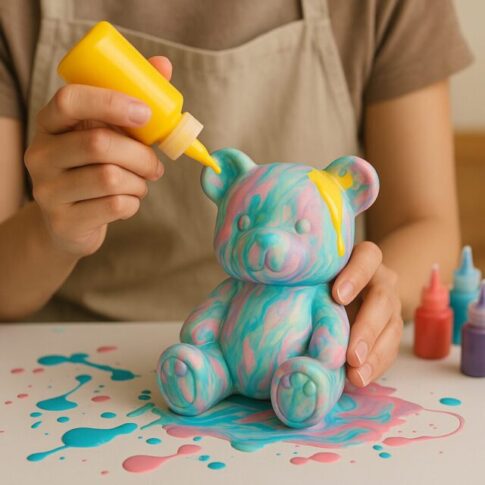

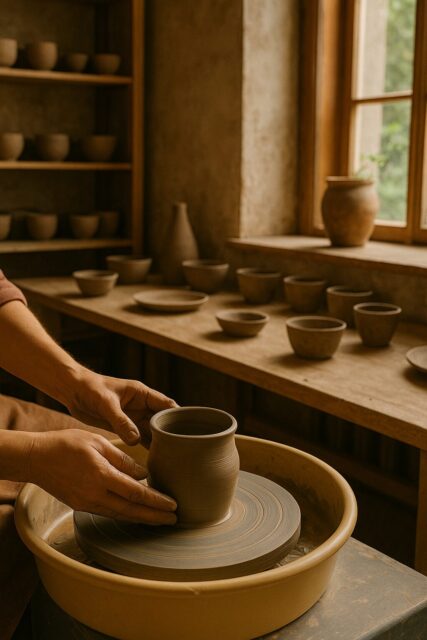

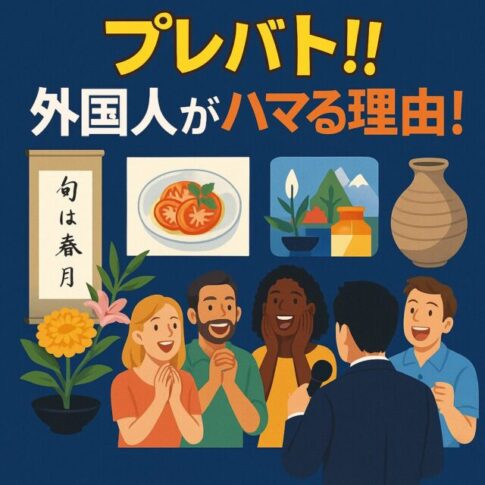
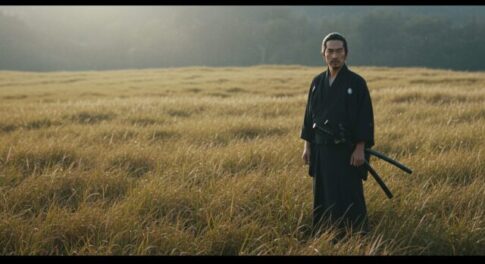
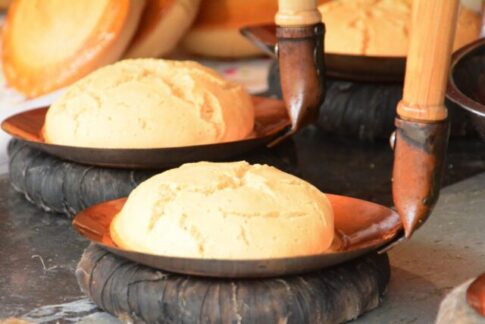

Leave a Reply